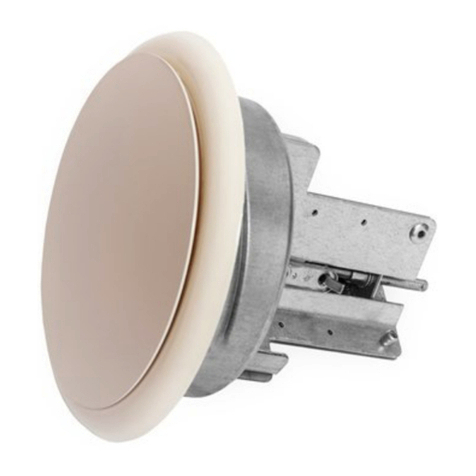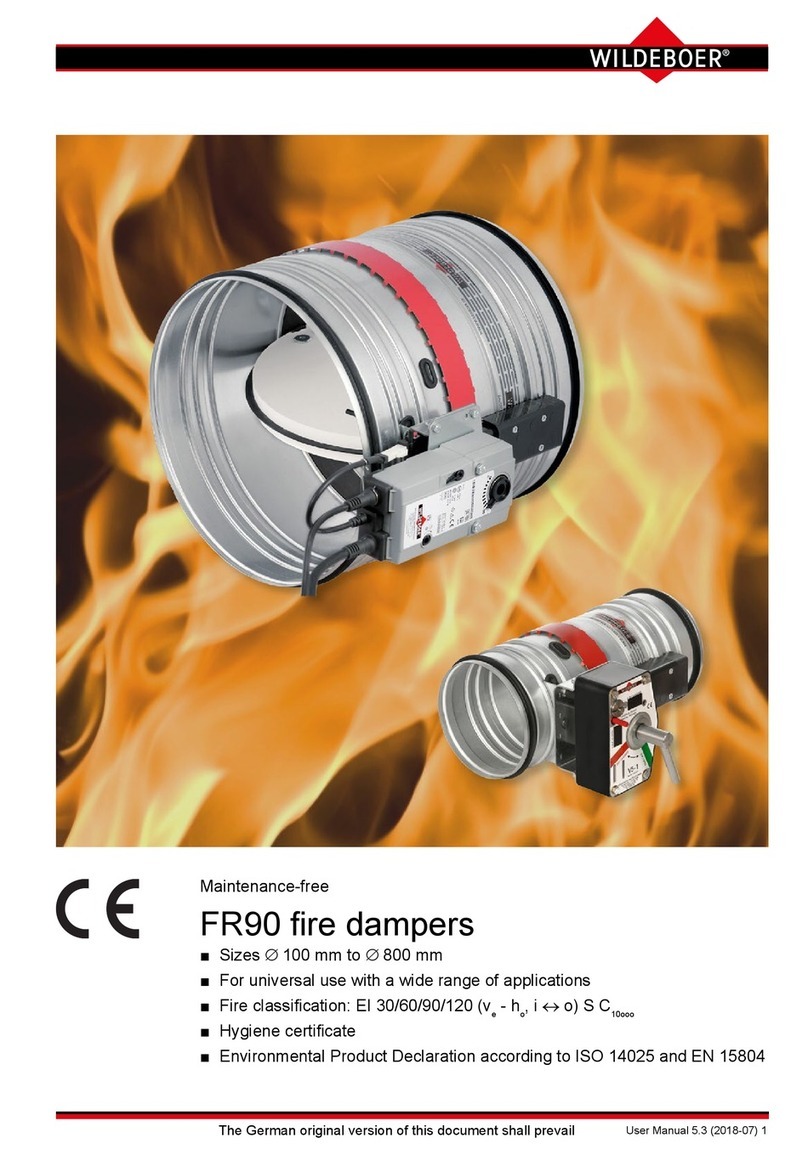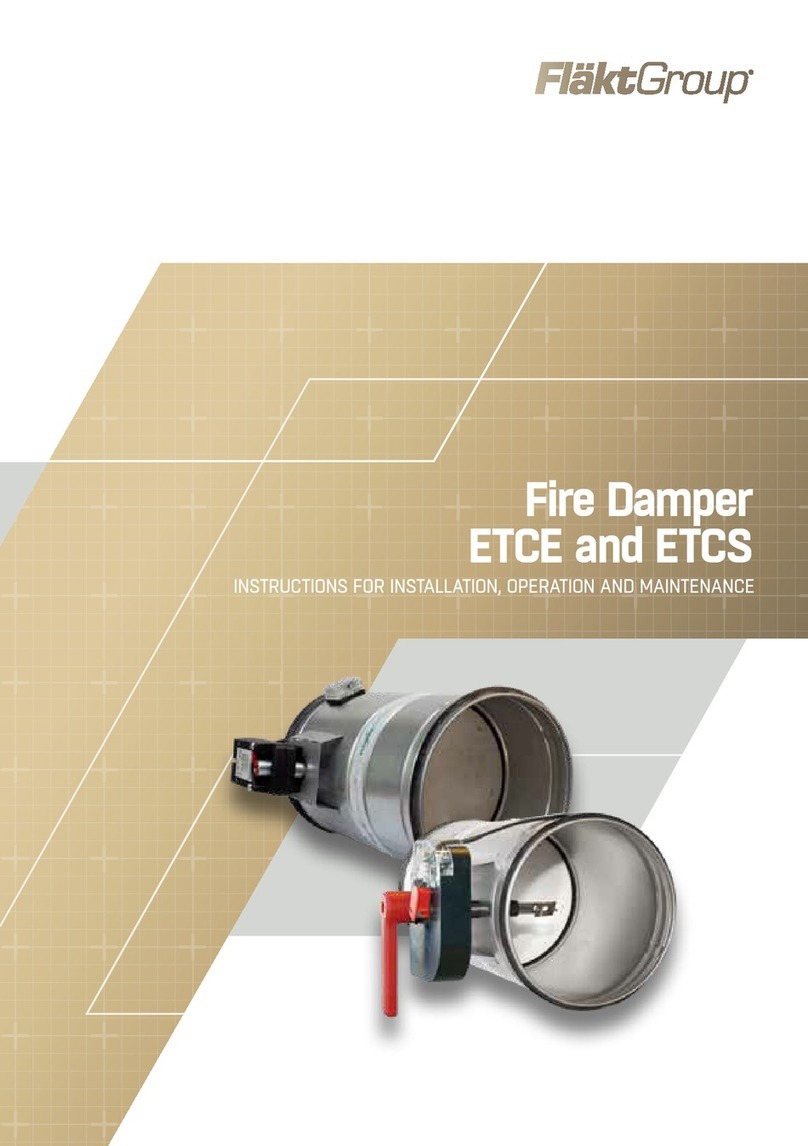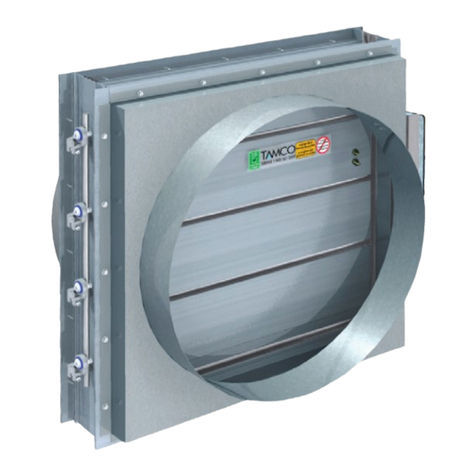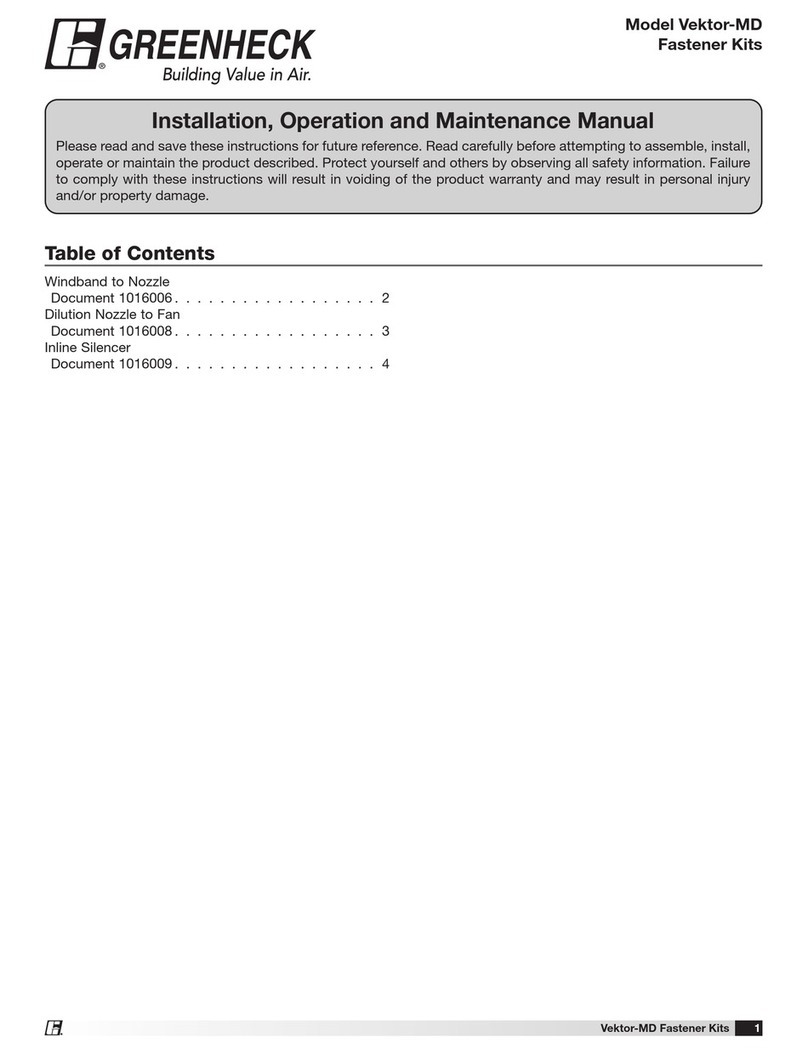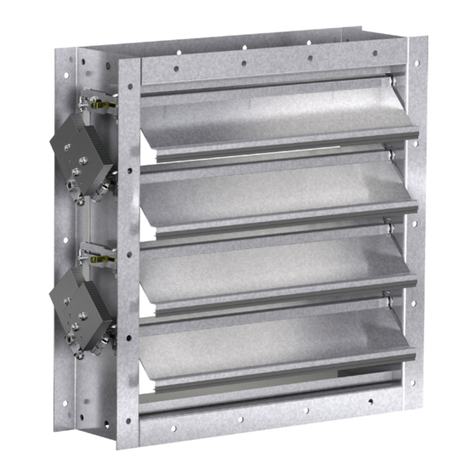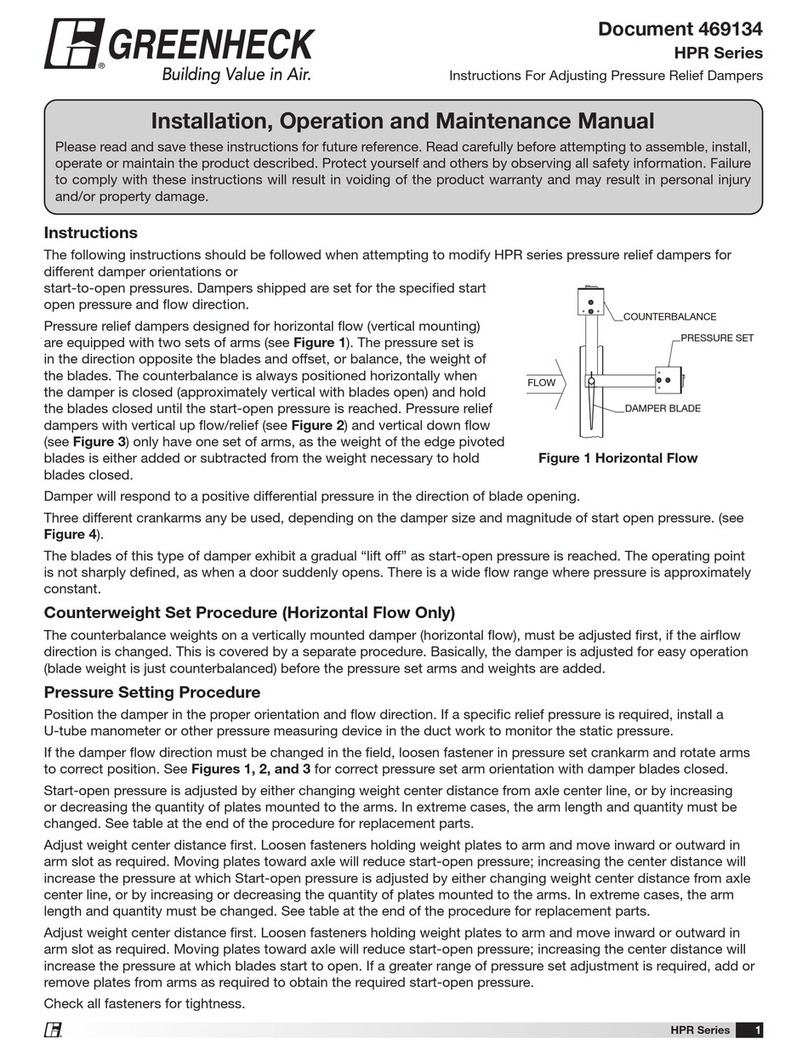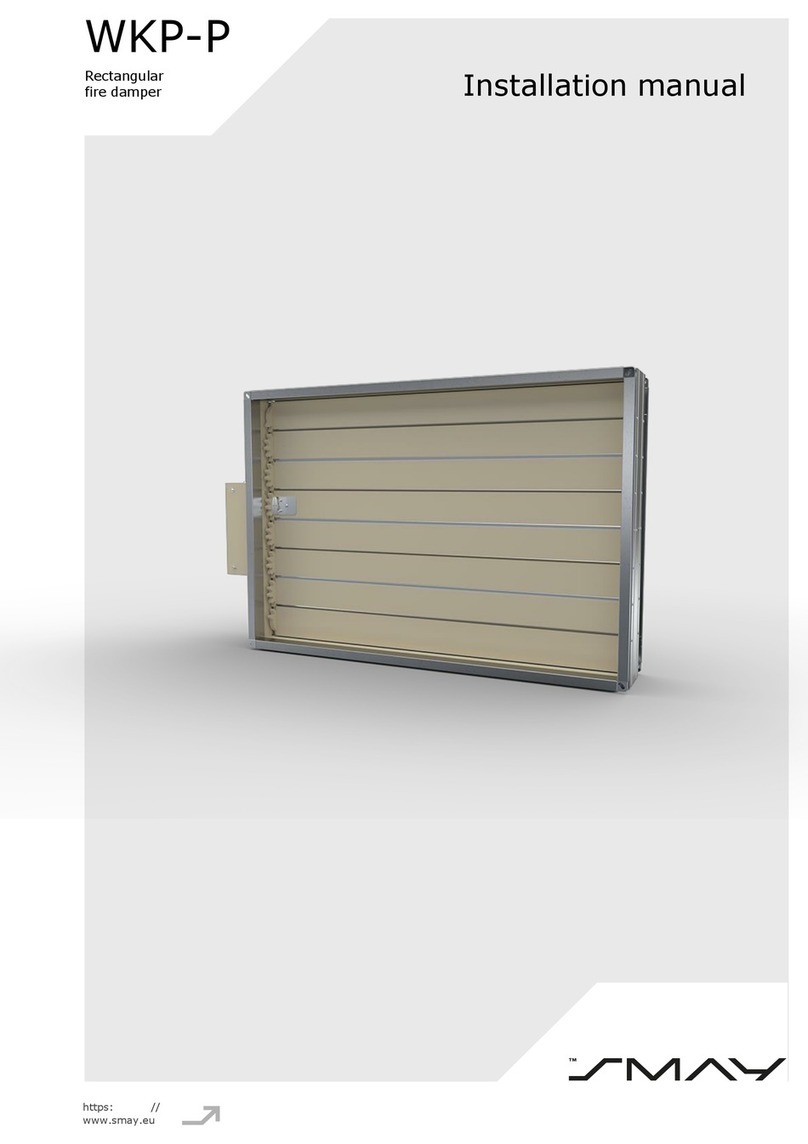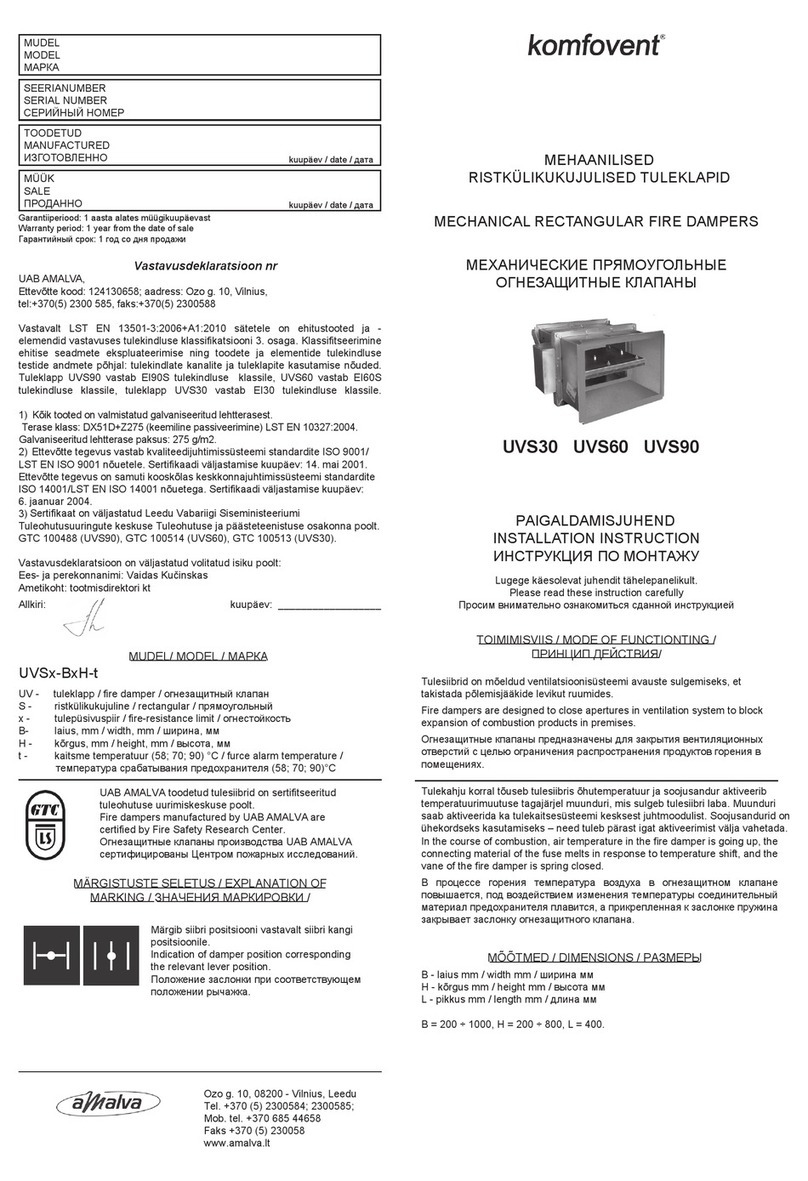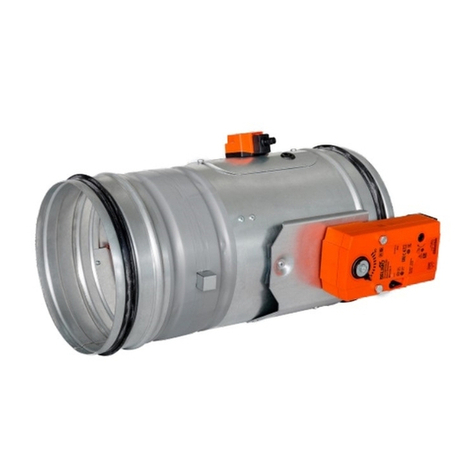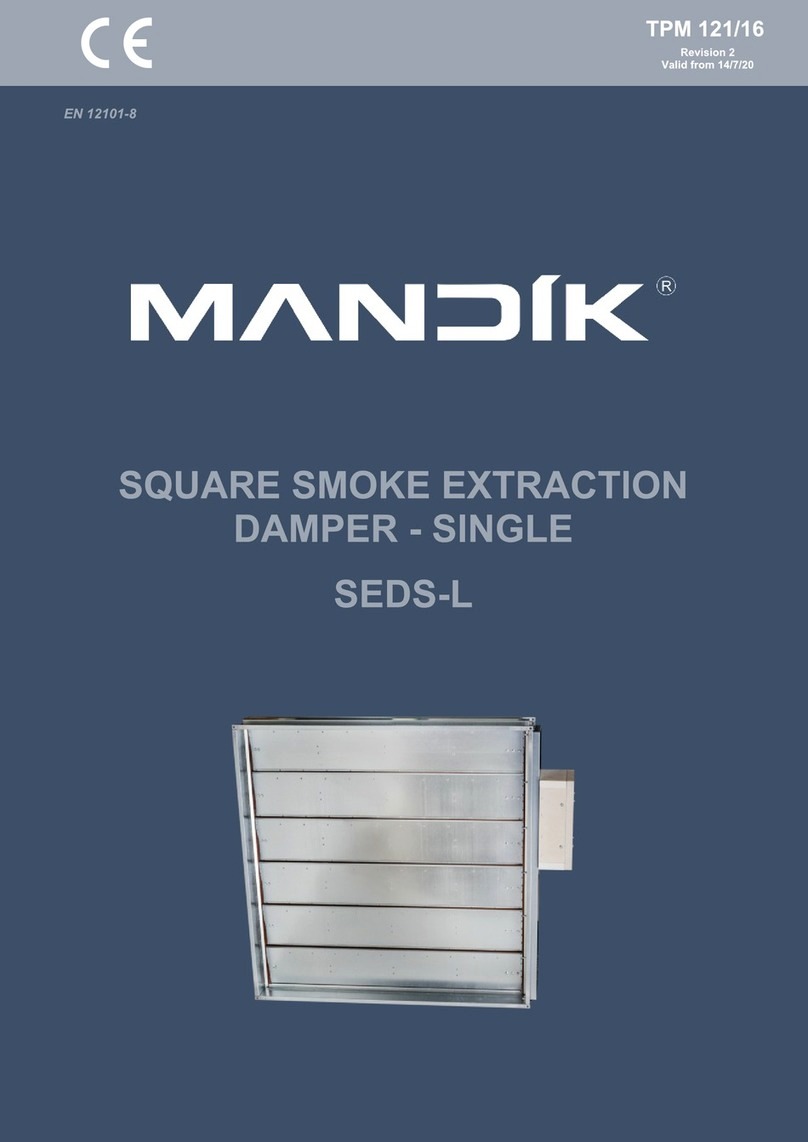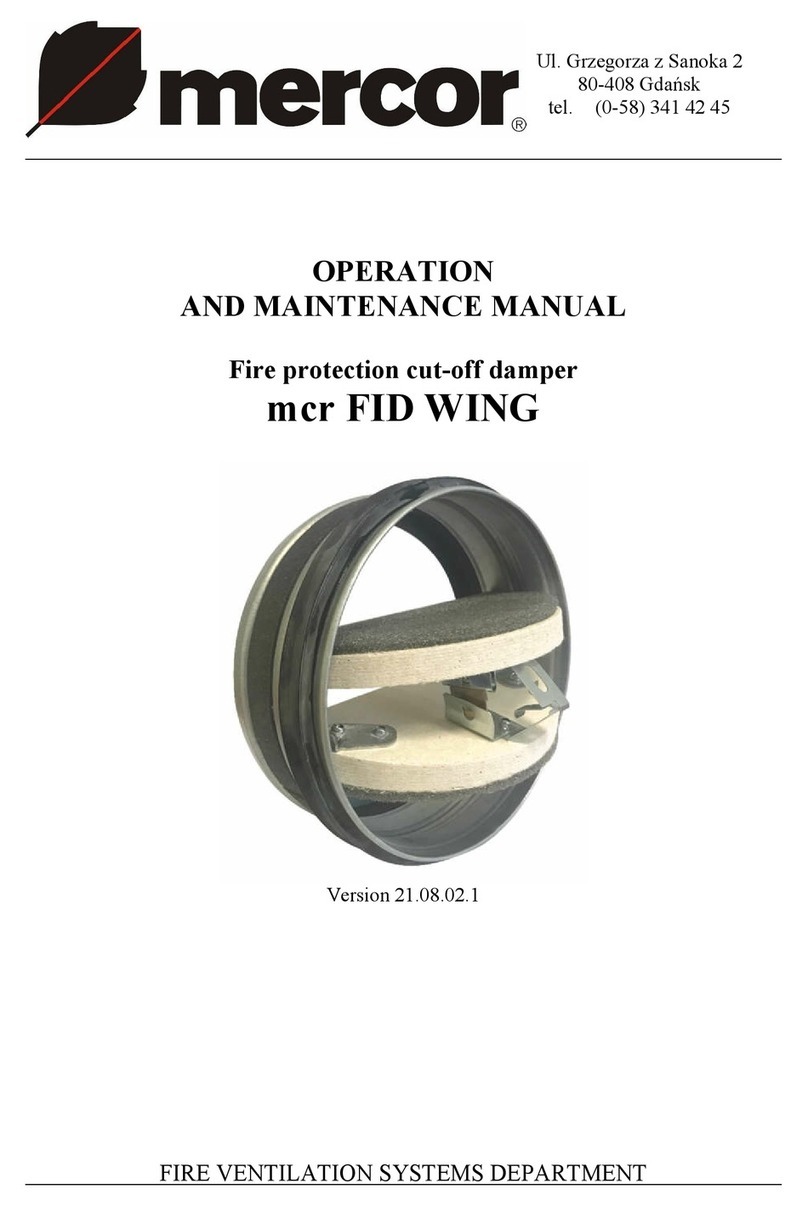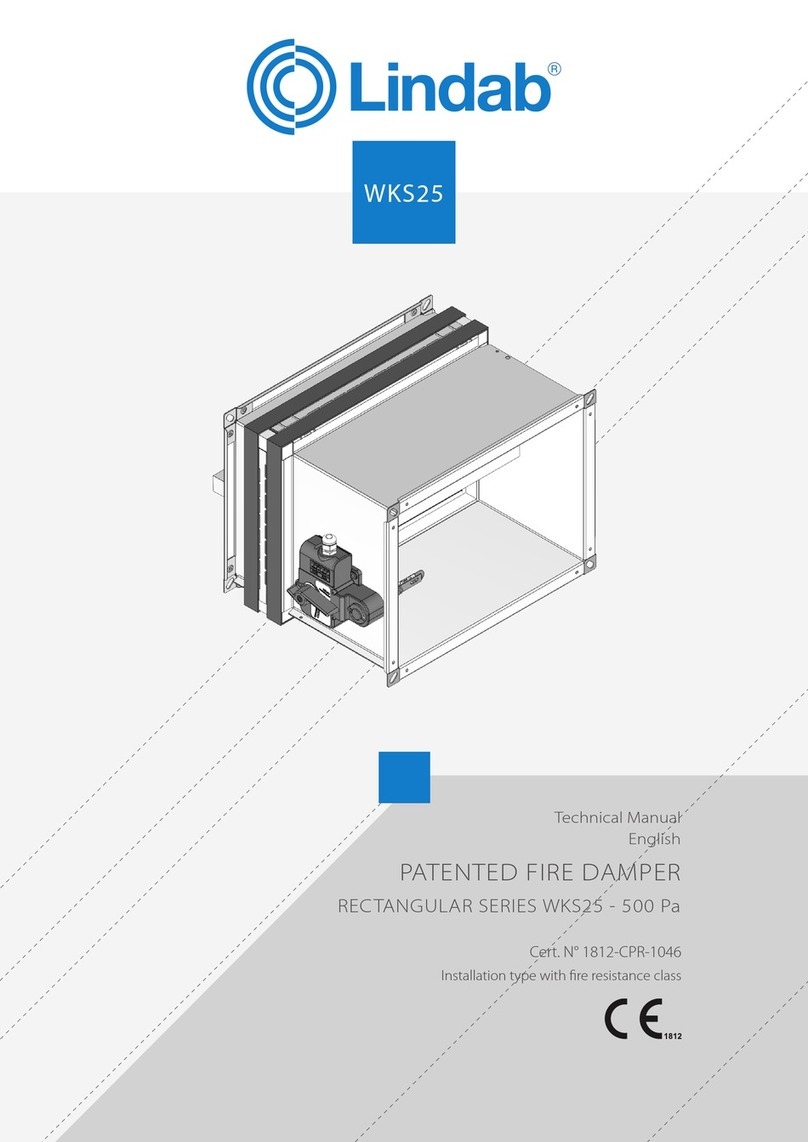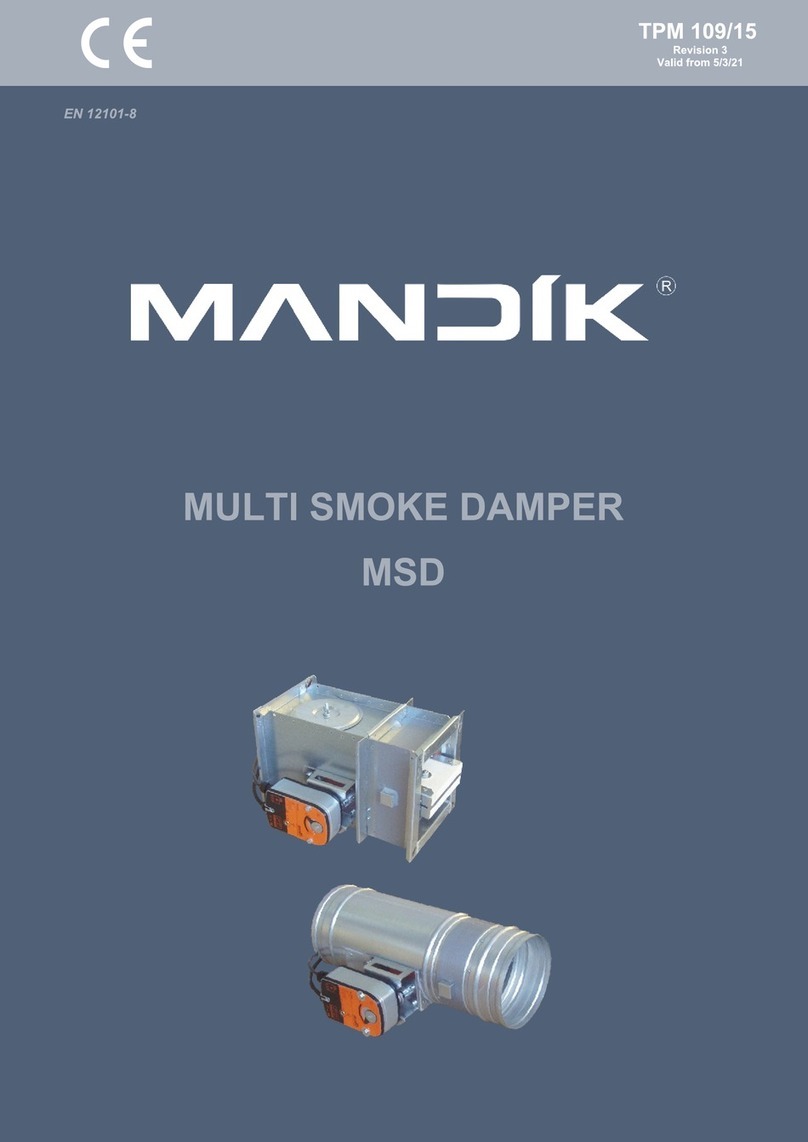
Document No.: KE-2015-00
This manual applies to the manual operation of the KITZ A-type and D-type dampers (wafer type).
For electric or pneumatic operation, refer to the operation manual prepared by the manufacturers of the
relevant actuators.
SAFETY PRECAUTIONS
For the safe use of the product, read all safety precautions in this manual before handling the product.
The safety precautions in this manual are determined to ensure safe and proper use of the product and to
prevent personal injury and property damage. This manual uses two terms, Warning and Caution,
according to the hazard level, to clearly indicate the extent and severity of the risk.
Both Warning and Caution indicate important safety instructions. Please be sure to follow them.
Indicates an imminently hazardous situation that, if not avoided, may
result in serious injury or death.
Indicates a potentially hazardous situation that, if not avoided, may result
in minor or moderate injury and product damage.
Indicates a prohibited action that must not be carried out.
Indicates a mandatory action that must be carried out.
NOTES TO USERS
This manual is designed to show an appropriate usage of the products for transportation, storage,
installation, operation and maintenance. Be sure to read through this manual before handling the product.
This manual does not cover the whole scope of conceivable usage of the products for transportation,
storage, installation, operation and maintenance. If technical assistance beyond the scope of this manual is
required, contact KITZ Corporation or its distributors.
The specifications have been determined with safety consideration. Do not use products beyond the
specifications.
The illustrations given in this manual do not show all the details. If more detailed information is required,
refer to our relevant assembly drawings.
*Any information provided in this operation manual is subject to change without prior notice.
